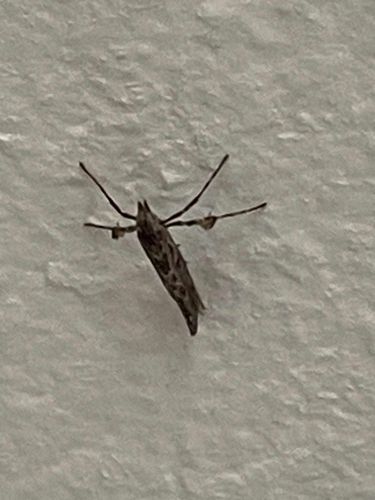Drain Fly (or Moth Fly/Filter Fly)
Scientific Name: Psychodidae (family)
Order & Family: Diptera (Order), Psychodidae (Family)
Size: 2-5 mm in length

Natural Habitat
Damp environments, particularly in and around drains, sewers, septic tanks, and areas with standing water rich in organic matter. They are commonly found in bathrooms, kitchens, and basements.
Diet & Feeding
Larvae feed on decaying organic matter, sludge, mold, and microorganisms found in their breeding habitats. Adult drain flies do not typically feed, but may occasionally sip on nectar or water.
Behavior Patterns
Adults are weak fliers and tend to hop or run rather than fly long distances. They are most active at night and often rest on walls or ceilings in bathrooms and kitchens during the day. Females lay eggs in gelatinous masses within their preferred moist, organic-rich breeding sites. The larvae are aquatic or semi-aquatic and have a short life cycle (1-3 weeks).
Risks & Benefits
Potential risks: Primarily a nuisance pest, as they do not bite or transmit diseases to humans. However, large infestations can indicate plumbing issues or excessive organic buildup in drains. In very rare cases, larvae can cause myiasis (infestation of a living host) if accidentally ingested or entering an orifice. Benefits: They play a role in decomposition of organic matter in their natural habitats. They are also an indicator of moisture or plumbing problems in homes.
Identified on: 9/17/2025